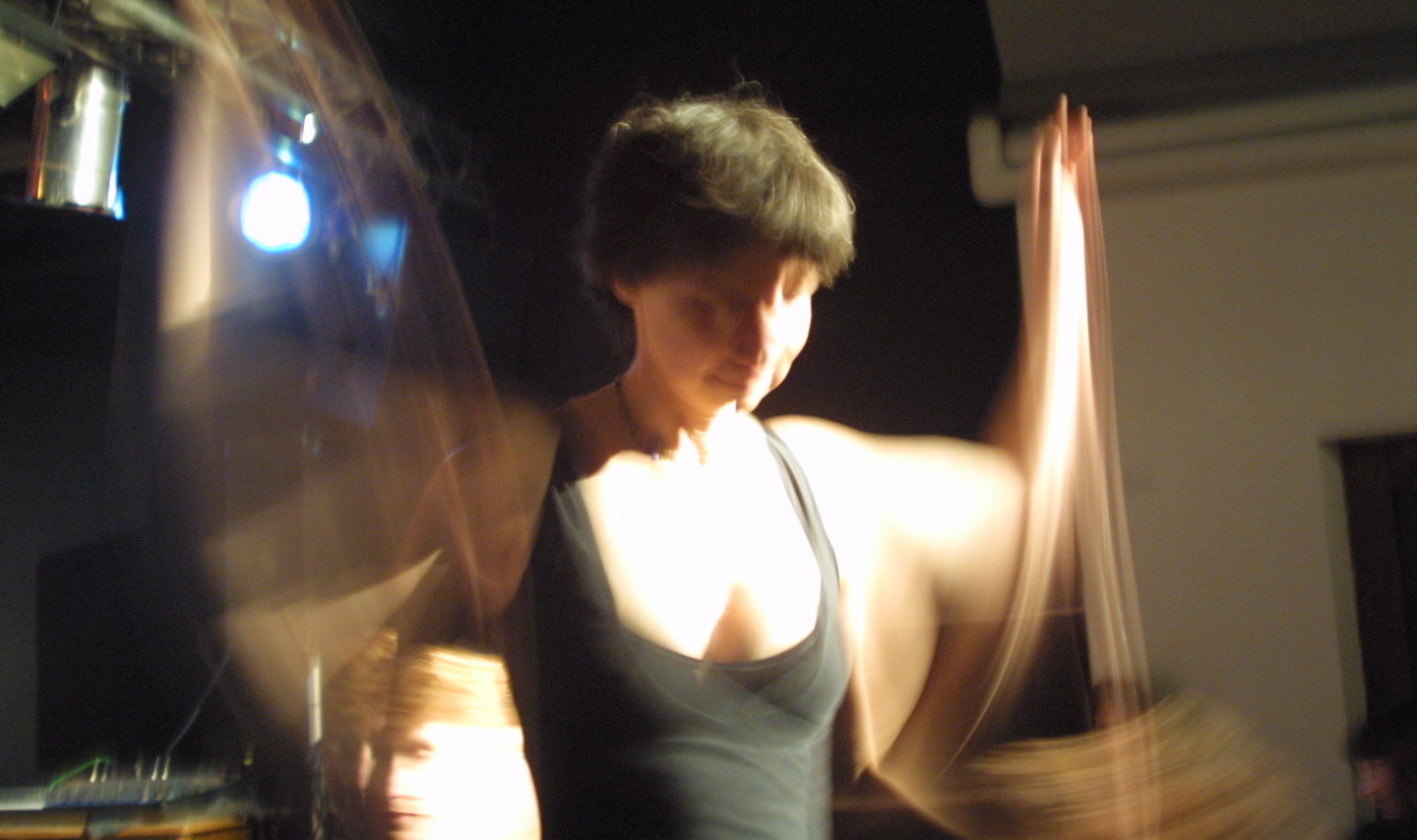



Eutony Gerda Alexander ® 
Eutony is a practice based on sensory awareness. It was developed by Gerda Alexander (1908-1994) as a means to balance tensions in the body, move with ease, and become more attuned to one’s surroundings.
Our body, our whole being, is shaped by our life experiences into attitudes which can become fixed, painful or simply inefficient. We may be out of touch with our body, out of touch with our feelings.
Eutony was developed on the premise that the combination of feeling one’s body, in all its parts and as a whole, and of understanding how it works, is a way within everybody’s reach to improve their health and live to their full potential.
Learning to know ourselves, we discover we can trust our body’s wisdom, and enjoy a new sense of freedom.
| Awareness | |
|---|---|
| the envelope of the skin – your boundary | |
| your muscles, fascies and flesh – your characteristic tissues | |
| the structure of the skeleton – your inner frame | |
| the presence of the floor – your support | |
| the action of the force of gravity – your architect | |
| those around you – your environment | |
| the quality of your movements – your life force |
| Understanding | Trusting |
|---|---|
| by practical explorations/exercises | your spontaneity and creativity |
| by the study of anatomy | the structures of the world around you |
| by verbal exchanges | your body’s individual way of finding its own balance |
| by going inward with perception |
Eutony has its origins in education, healing and art. Its practice can benefit people in all walks of life, whether they are in physical or emotional pain, or simply wish to enrich their lives, whether they are dancers or actors, or simply want to free their posture and walk with more pleasure.
(more: www.eutony.co.uk)
What do I need to wear in the classes?
Anything loose, warm and comfortable, and socks (double layer of socks is good). Bring a (yoga)mat.
Is art part of the Eutony sessions?
You may be offered to use art materials in some Eutony sessions, and may well be surprised at how enjoyable it is for you to use them, even if you think you ‘can’t draw’. However, nothing in a session is compulsory, and you are always free to decline.
I have a back ache. Can I join a class?
You are welcome to join a class if you have a back ache, or are limited in your movements for any other reason. “Individually tailored sessions” means just that: you will be invited to find what works best for yourself; you won’t have to move in ways which don’t suit you, nor even to lie on the floor if this doesn’t feel right.
Taking the time in a class to listen to your body, and to understand where aches and pains come from, will give you tools to deal with the cause(s) of the pain, and help to reduce it, and even get rid of it all together for good. In Eutony classes you learn how to balance the tonus in your whole body, and how to use your skeleton according to how it is designed.
Eutony is great for prevention as well as cure.
How does Eutony compare with other body techniques, such as Feldenkreis or the Alexander technique?
The techniques named above are partly related, because the creators worked closely together (Moshe Feldenkreis and Gerda Alexander) or because they have similar aims. Gerda Alexander's Eutony also includes posture, and indeed helps you to sit, stand and move with grace and ease (like the Alexander technique). But its concern is broader, and encompasses the whole experience of being a sensing, lively social being in the world. It avoids any prescriptive ways of movement, but rather helps you to find your own, without ever demonstrating a ‘right’ way.
What happens in class?
Eutony is mostly taught in a group setting. It is open to people of all ages and levels of fitness. Within a framework of proposals from the tutor, each person works at their own pace. No two classes are ever the same – they develop in an organic way, in tune with the needs and requests of the participants.
You may explore ways to use the support of the floor or of a chair to free your spine, and learn how to use your skeleton so as to sit, stand or walk with ease.
You might investigate the shape of your shoulder joint, to understand how it is built, and to discover how to recover long lost mobility.
At a later stage, when you have started to develop a stronger presence in your own body, you will be invited to explore “conscious contact” with a partner (i.e. through a bamboo stick).
Most sessions include moments of leisurely stretches, where you take stock of how you are feeling, and follow through any movement need you may have. These free ‘rolling on the floor’ experiences may be for you the most restorative ones of the whole session – so that noticing and responding to what your body tells you becomes part of your daily life.
If you want to book an individual session it can be arranged for those who wish to work on a particular aspect which they feel needs one to one time.
These individual sessions may involve more ‘hands on’ support from the tutor, who will address herself to the whole person by conscious touch, through skin, muscles and bone structure. The student is always encouraged to stay attentive to what he or she feels.
I have been teaching Eutony since 1990.